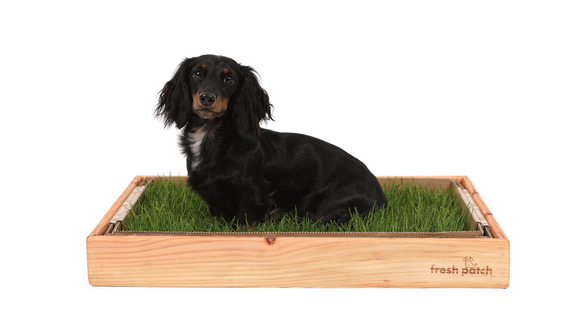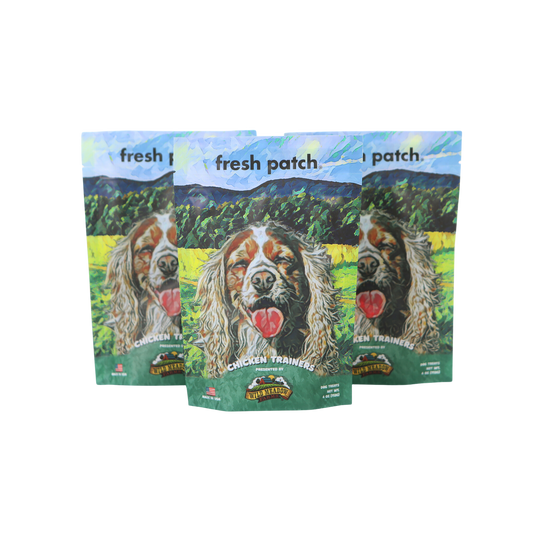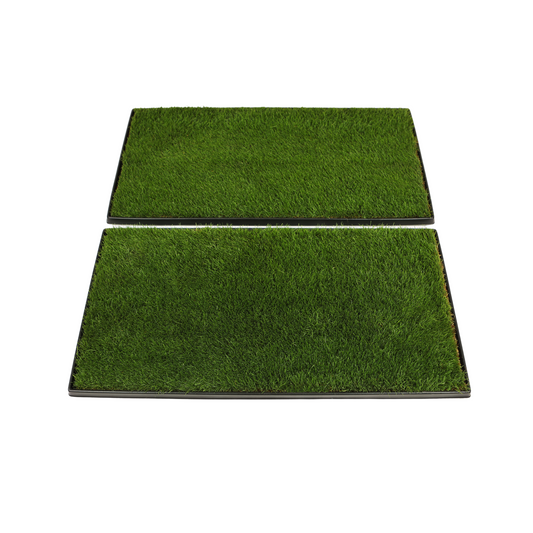The Dog Family Tree
Thanks to a study published in Cell Reports, we can learn a whole lot more about the dog family tree. The all-new tree is another way to look at the way doggy heritage works.
The tree comes in map-form. Out of these maps, the relationship between many different breeds is shown. In order to develop this map, researchers tested the genomes of over 1,346 dogs.
The map doesn't just show how dogs are related, but where they came from, too. You can examine the map in order to see where breeds were crossed to get the modern breeds we have today.
Something else the map reveals is that dog relations don't really work the way we think they might. Working dogs aren't necessarily related to all other working dogs just as toy dogs aren't necessarily related to all toy dogs. This is because when people were looking for dogs for certain jobs, they would want specific traits. Because of this, they might breed two dogs from different "groups".
A discovery that was made because of this research is a whole new dog: an "ancient" type of dog that supposedly came to America long before Columbus did. Called "New World Dogs," these dogs likely came over from Siberia to Alaska. Other dogs that were likely around in early America were hairless dogs, whose genes can be found today in the Peruvian Hairless Dog and the Xoloitzcuintli.
Not only are doggy family trees cool - they're informative! By looking at these kinds of maps, we can find out information about the origins of our dogs and even trace hereditary diseases. Who knows - maybe your dog comes from a famous lineage!
Avoid potty accidents.
Make your dog's potty time hassle-free with Fresh Patch. REAL, farm-grown grass pads that are disposable and delivered right to your door!







